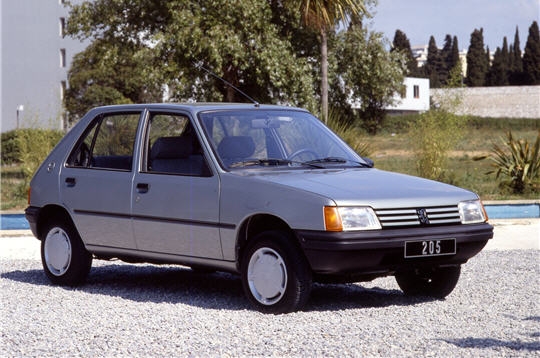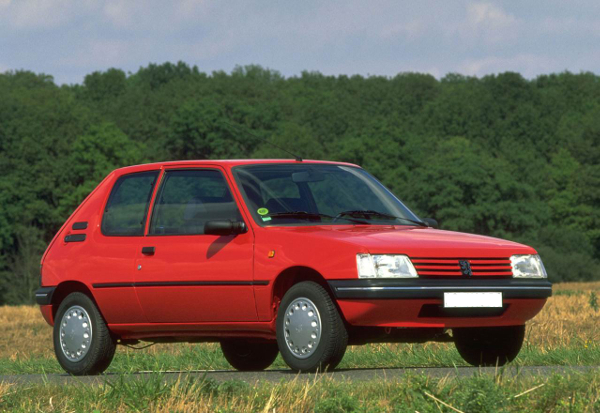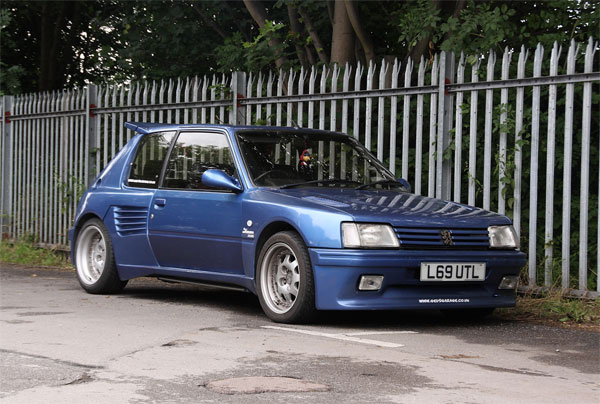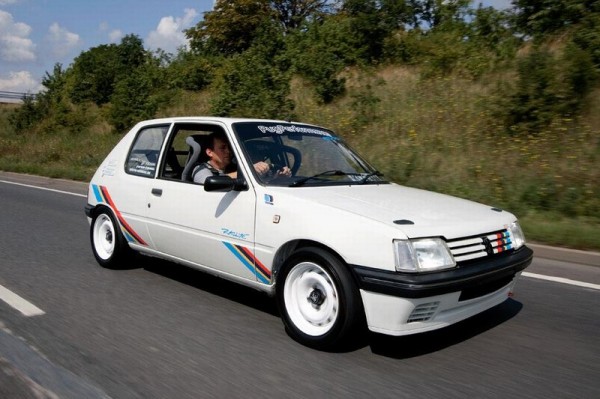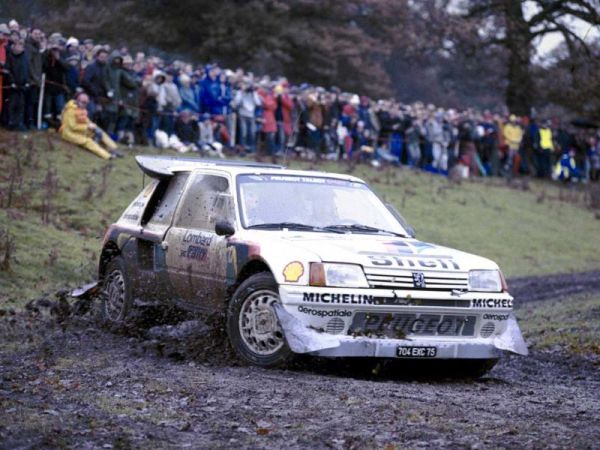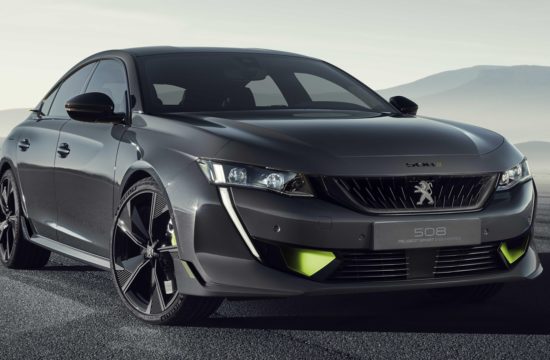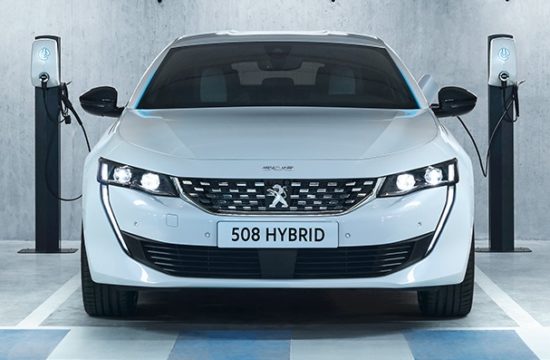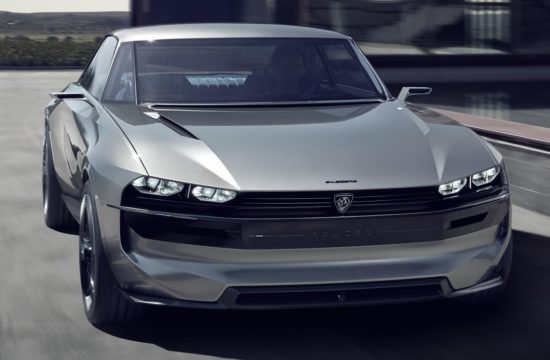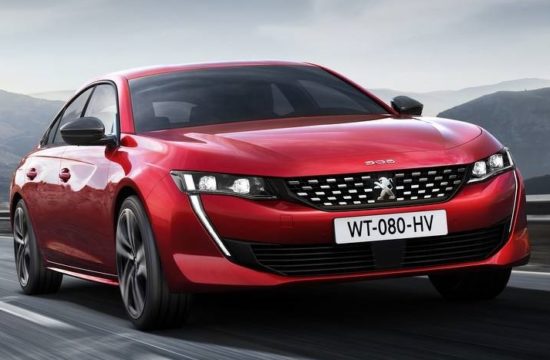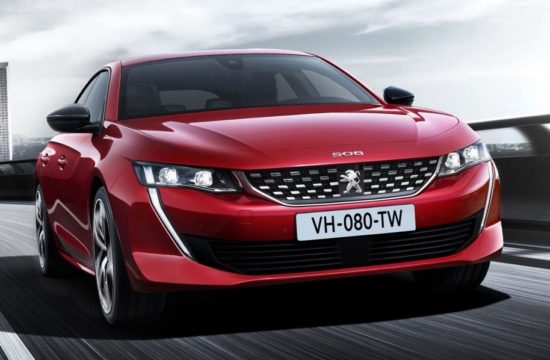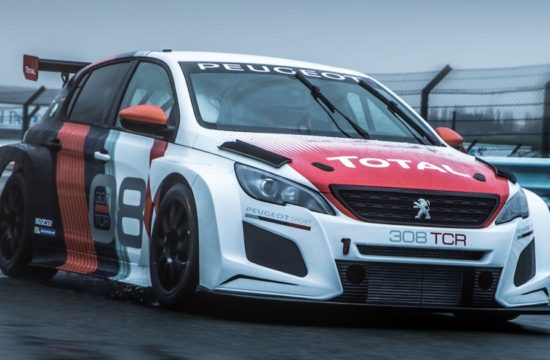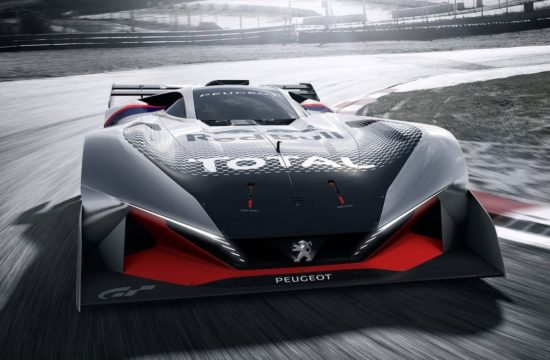The Peugeot 205 is one of the most important models in the French carmaker’s history and is definitely a symbol of the car industry. Most agree it is the automobile that basically saved Peugeot and was the car that created the small car segment.
The Peugeot 205 was born in 1983 and made the French carmaker matter again in the automotive world. It was also the car that impressed and charmed a large number of customers throughout Europe and not only. And ever since, Peugeot hasn’t managed to create another car to match the huge popularity of the 205.
The Peugeot 205 was loved by everyone because it was cheap, its maintenance was extremely affordable and offered great handling. Also, Peugeot created several other versions of the car, more or less sporty, and the racing model based on the 205 that took part in rally racing brought the 205 even more popularity. The result: more than 5.3 million units were sold between 1983 and 1999.
The beginning
Historically, the Peugeot 205 was the replacement for the 104 in the French carmaker’s lineup and was followed by the 206. Even though the 205’s design is often associated with Pininfarina, one of the world’ most famous design studios, the Italians only helped Peugeot design the convertible version.
Before the 205, Peugeot was considered the most conservative French carmaker and only produced large cars such as the 504 or the 505. But everything changed in 1978, when they acquired Simca. The small French carmaker was specialized in producing small cars and their experience played an important role in the 205’s later success.
History began on February 24, 1983 when the Peugeot 205 was officially launched, being offered with a range of three-cylinder petrol and diesel engines. Even though the car lost the “Car of the Year” title that year to the Fiat Uno, on the long run, the 205 was a lot more successful than its Italian competitor.
The first true hot-hatch
Peugeot also won an important fan base among people interested in affordable cars with a performance level above average when they launched the Peugeot 205 GTi, in April 1984. In the beginning, the car was available with a 1.6-liter engine producing 105 hp. The engine was upgraded in 1986, when the power output was increased to 115 hp, but towards the end of 1986 it was replaced by a 1.9-liter unit that delivered 130 hp.
At launch, the Peugeot 205 was priced at £6,295 in the United Kingdom. Both versions of the 205 GTi were extremely popular for their excellent performance and great looks. Basically, the 205 GTi became one of the first hot-hatches to go mainstream in Europe.
The UK market got a special version, called the Peugeot 205 Gentry, that was powered by the 1.9-liter engine, but whose powered output was reduced to 105 hp. However, the model offered an improved interior with features such as leather upholstery and wood inserts, plus an automatic transmission. The 205 Gentry was available in two color versions: Sorrento Green and Aztec Gold.
Another special GTi was the La Griffe, which was only sold in Germany, France and The Netherlands. The car was available only in bright green (called “Laser Green” or “Vert Fluorite” depending on the market) and all available features came as standard, except for the air conditioning, which was an option. Only 1,652 units were ever built and the model had power steering, black leather upholstery, sunroof and special wheels finished in dark grey.
Another version that made the 205 even more popular was the convertible, called the Peugeot 205 CJ. It was launched in 1986 and it was designed and partially assembled by the Italians from Pininfarina. There was also a convertible GTi, powered by the 1.6-liter engine, which was upgraded later to the 1.9-liter engine, but whose power output was limited to only 125 hp. The model was produced until 1994.
The affordable hot-hatch
The Peugeot 205 Rallye was created as a cheaper and more affordable alternative to the GTi. The 1.9-liter was replaced by a 1.3-liter petrol engine with two Weber carburetors that delivered 103 hp at 6,800 rpm. The car was also stripped of all elements considered unnecessary, so the final weight was just 1750 lbs, which further improved performance.
The French carmaker expected to sell around 5,000 units, but the model’s popularity made them increase production, so the total number of 205 Rallye sold was 30,111. Peugeot also built a special version of the 205 Rally, powered by the 1.9-liter engine producing 105 hp, with only 1,000 units built, all sold in Germany.
And because the version was extremely popular, a lot of customizing options showed up soon. For example, in the UK, Dimma produced some of the most popular body-kits for the 205. These were approved by Peugeot and made the small 205 look like quite similar to the motorsport version. Dimma also offered engine upgrades, in cooperation with Cosworth.
Motorsport
The rally version of the 205, called the Peugeot 205 T16 is one of the most successful cars in rally history. The model raced in the last two years of Group B in WRC and won the championship each year. First it was Timo Salonen in 1985 and then Juha Kankkunen in 1986, both racing for Peugeot Talbot Sport, the team managed by the famous Jean Todt.
Interesting about the rally version is that in order to be homologated for Group B, regulations asked Peugeot to build 200 road-going units. And even though these version had almost nothing in common with the rally one (for example, the rally version delivered 450 hp, while the street version only produced 200 hp), it still was an impressive car.

